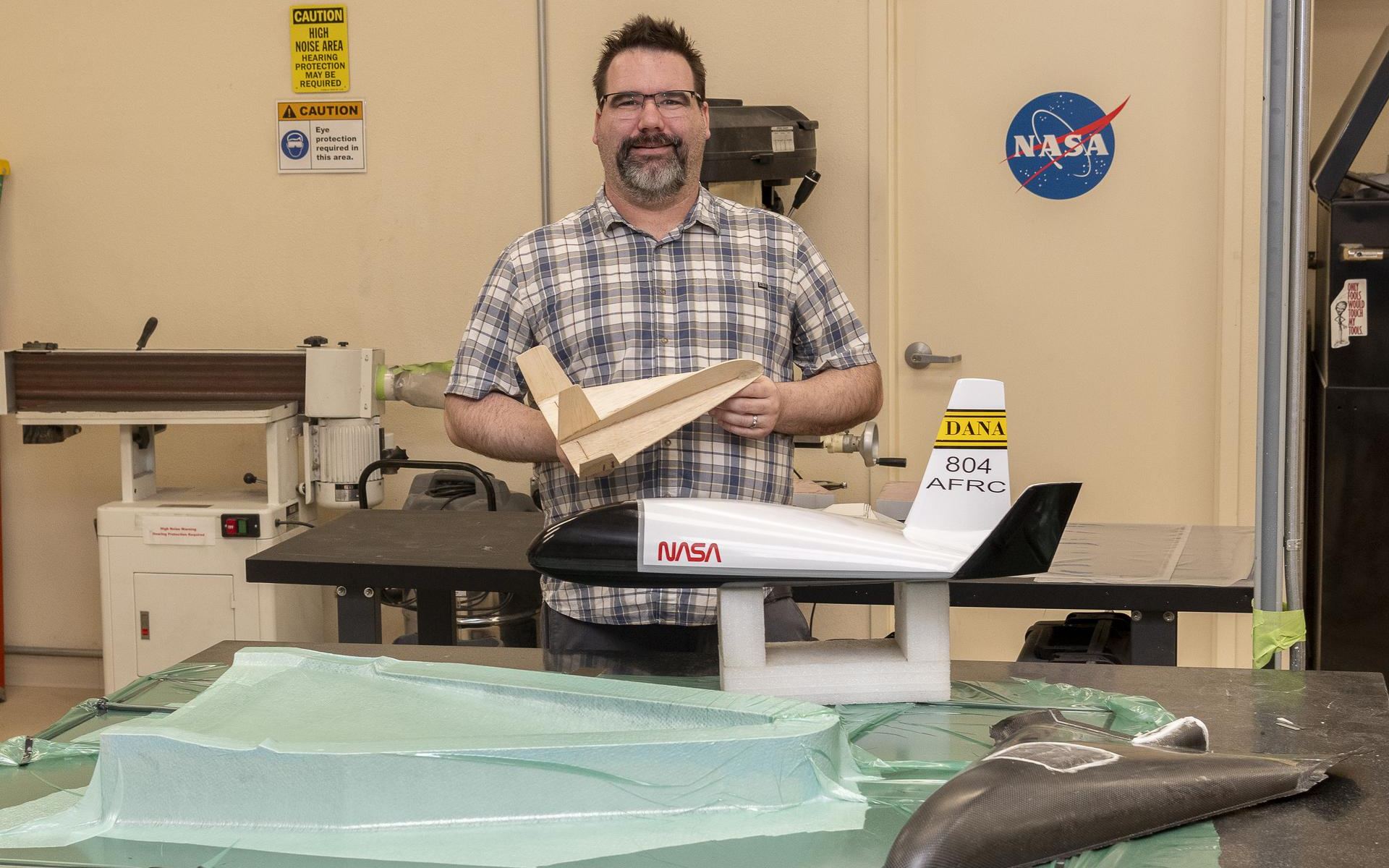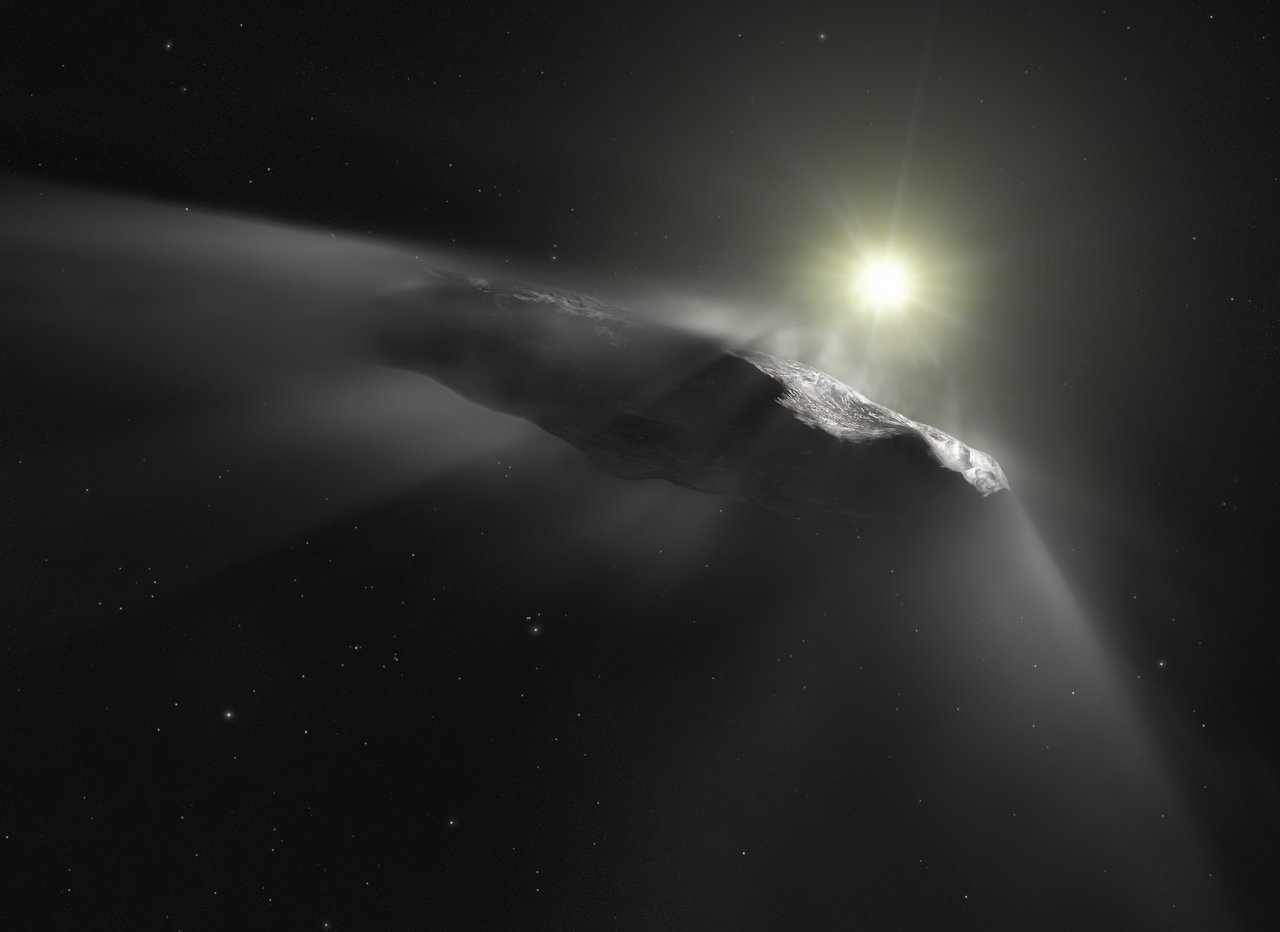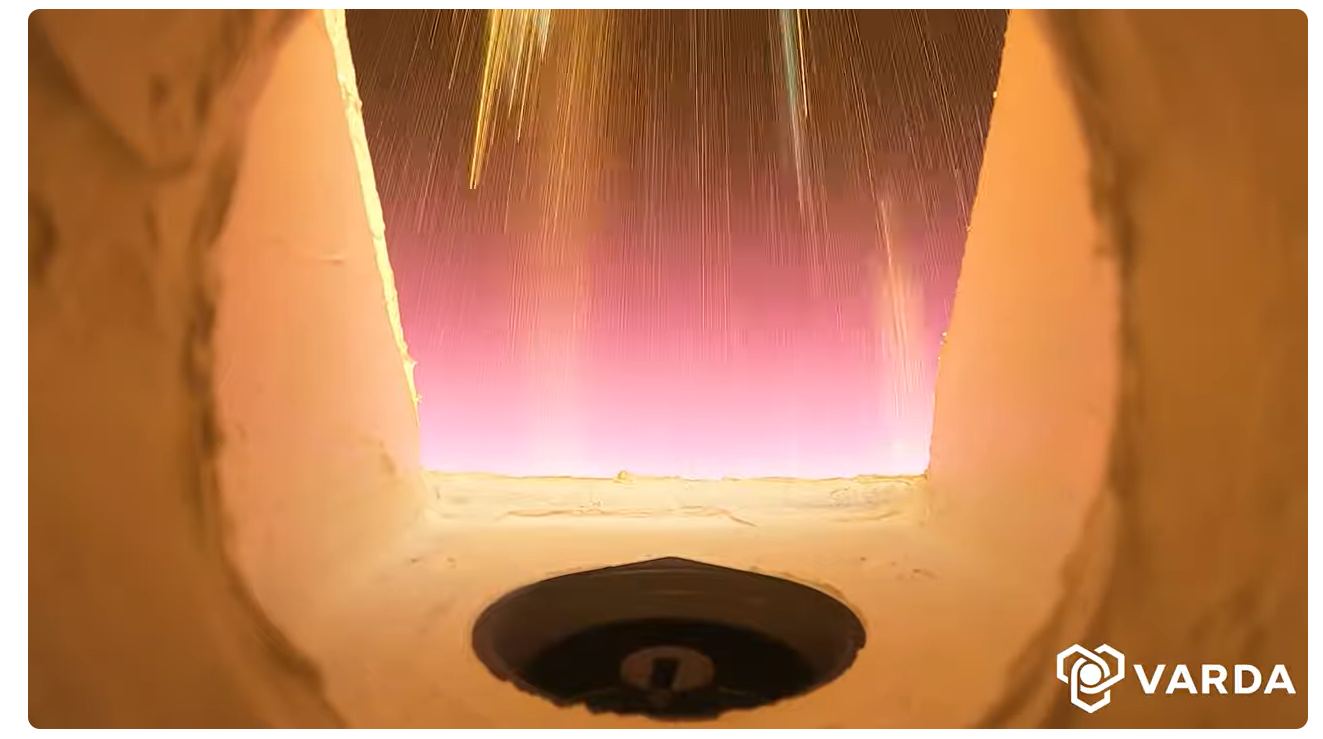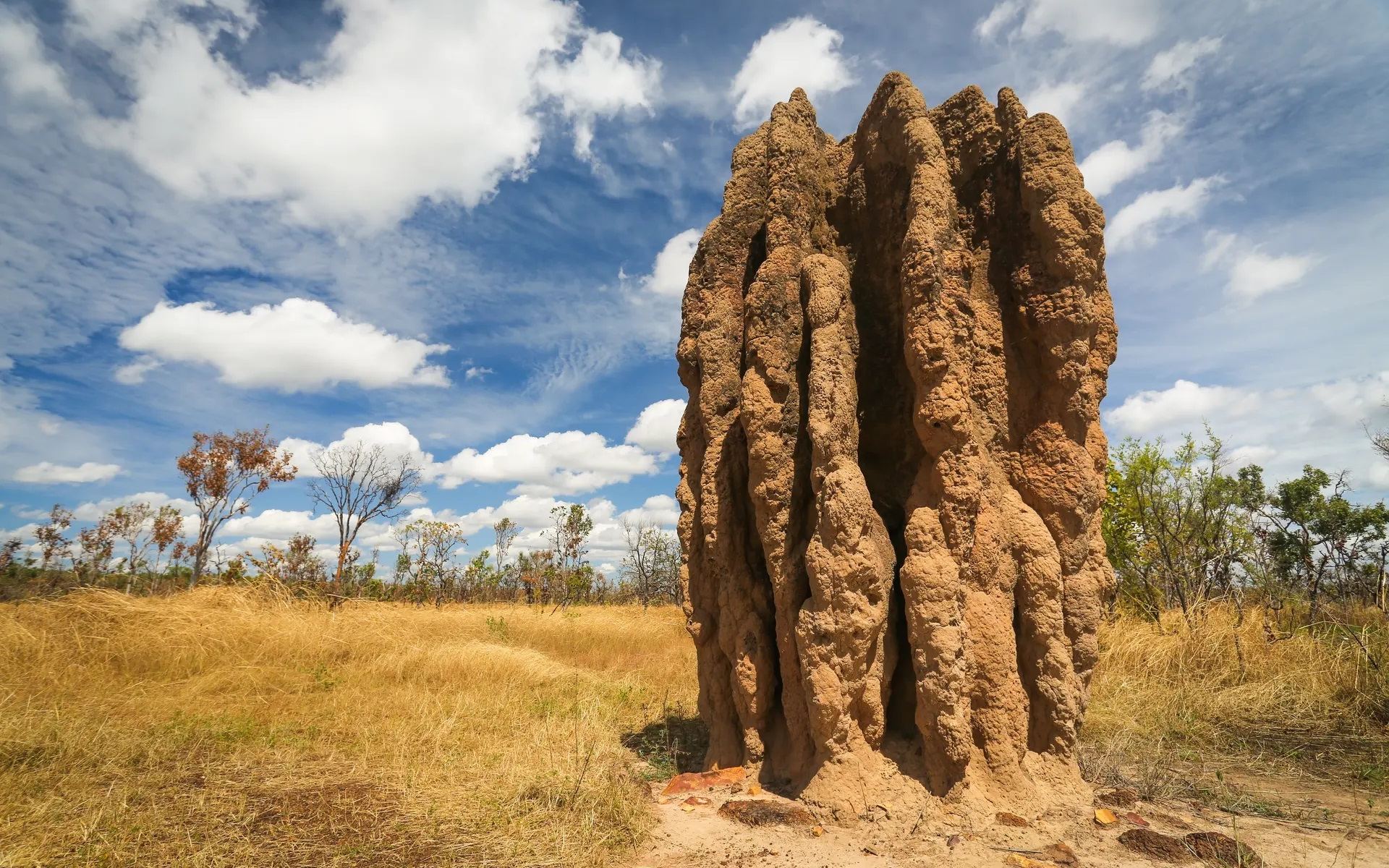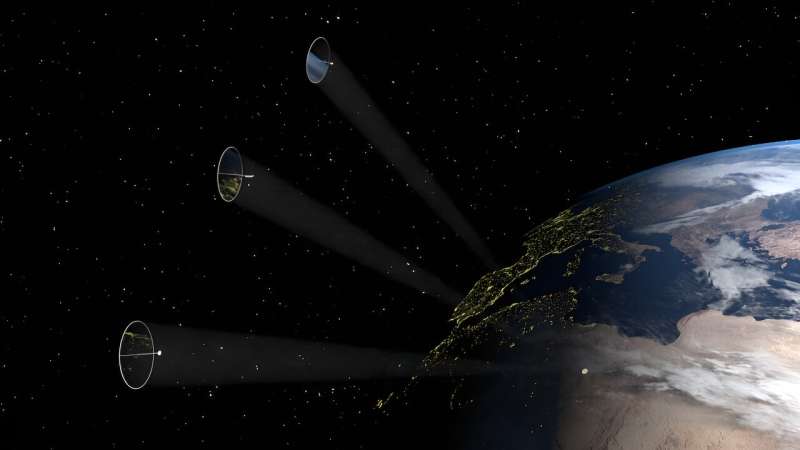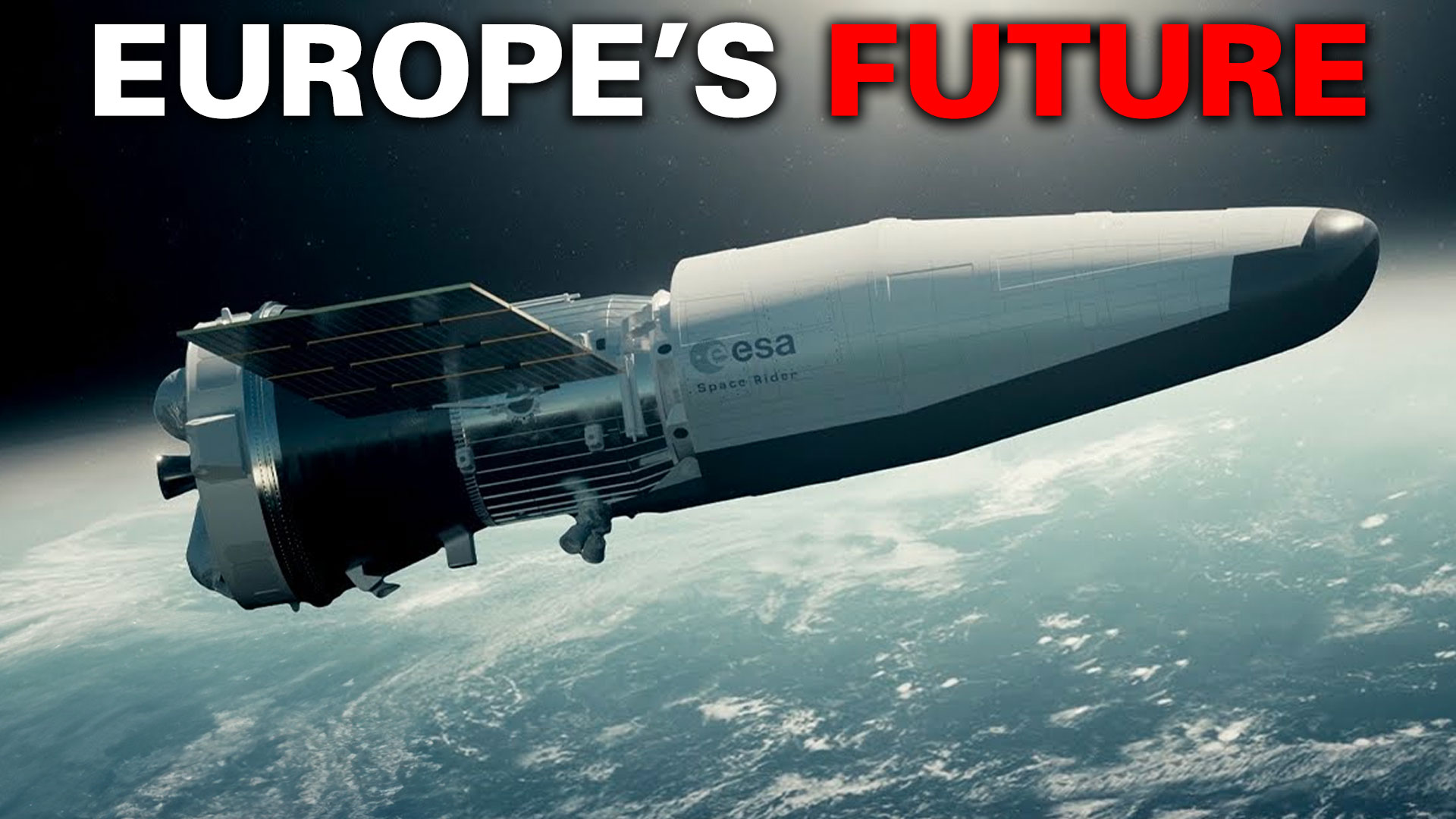In the 1960s, NASA engineers developed a series of small lifting-body aircraft that could be dropped into the atmosphere of a giant planet, measuring the environment as they glided down. Although it would be a one-way trip to destruction, the form factor would allow a probe to glide around in different atmospheric layers, gathering data and transmitting it back to a parent satellite. An updated version of the 1960s design is being tested at NASA now, and a drop-test flight from a helicopter is scheduled for this month.
Continue reading “Improving a 1960s Plan to Explore the Giant Planets”Improving a 1960s Plan to Explore the Giant Planets
